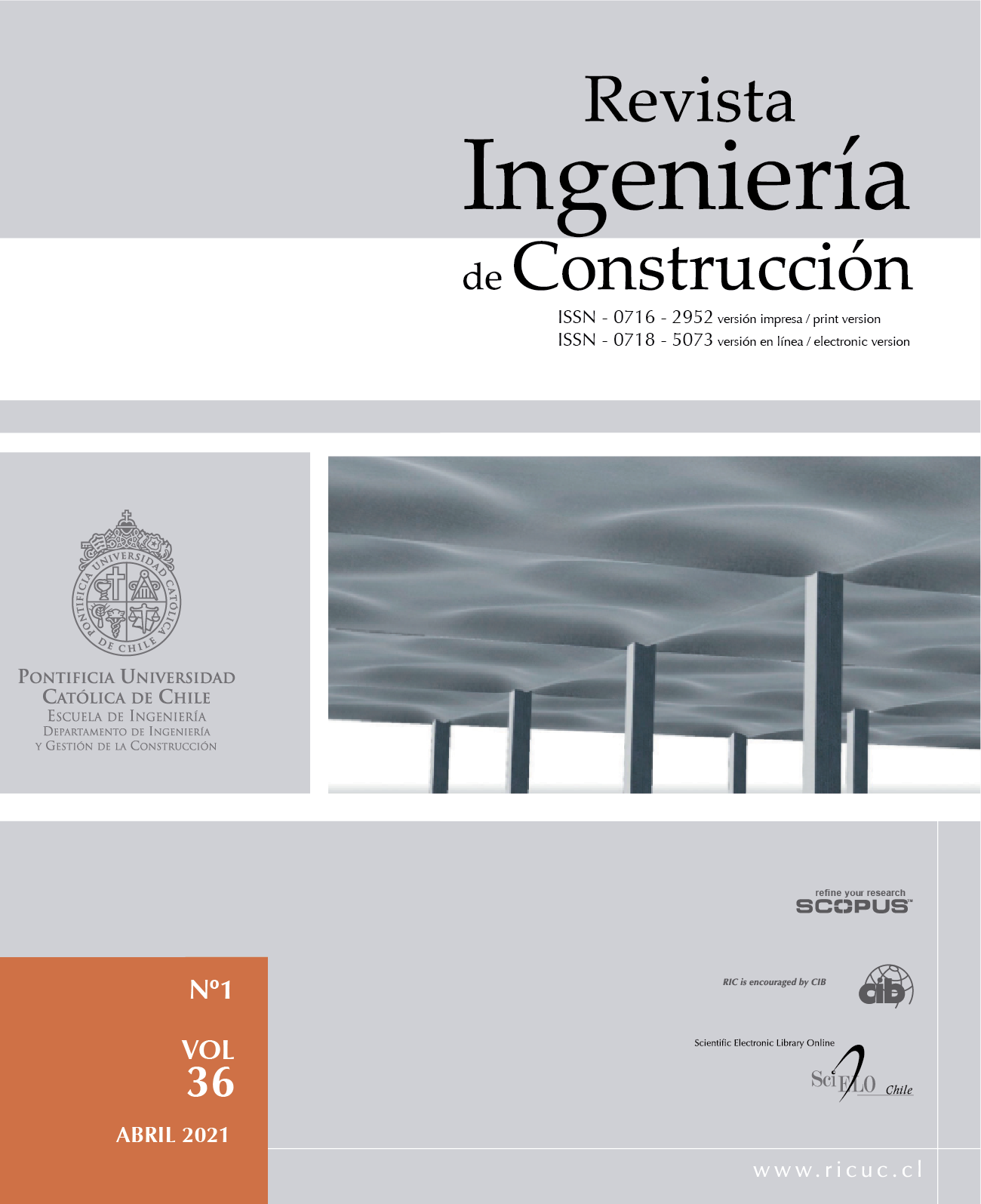Applications of generative design in structural engineering
DOI:
https://doi.org/10.4067/S0718-50732021000100029Keywords:
Generative design, parametric design, structural engineering, optimization, IBMAbstract
The traditional structural design produces elements that can be improved from the point of view of the use of the material. As a way of perfecting these processes, methodologies such as BIM have emerged, which, although they fulfill their mission of creating information models through collaborative work, their form of parameterization is still limited. In this context, the generative design emerges as a way of designing by stipulating the parameters and restrictions to be met so that the code then delivers different alternative solutions. This document aims to synthesize different generative design applications in structural engineering to extend its use in civil engineering. To achieve this, a literature review, and a survey of professionals in the area were used to obtain their opinion. As a result, seven application cases were obtained, where the main use identified for generative design is the optimization of the amount of material for structural elements. Besides, most of the respondents are unaware or have little knowledge of what this process is about, although, after understanding it, they believe it can be used in their professional practice.


